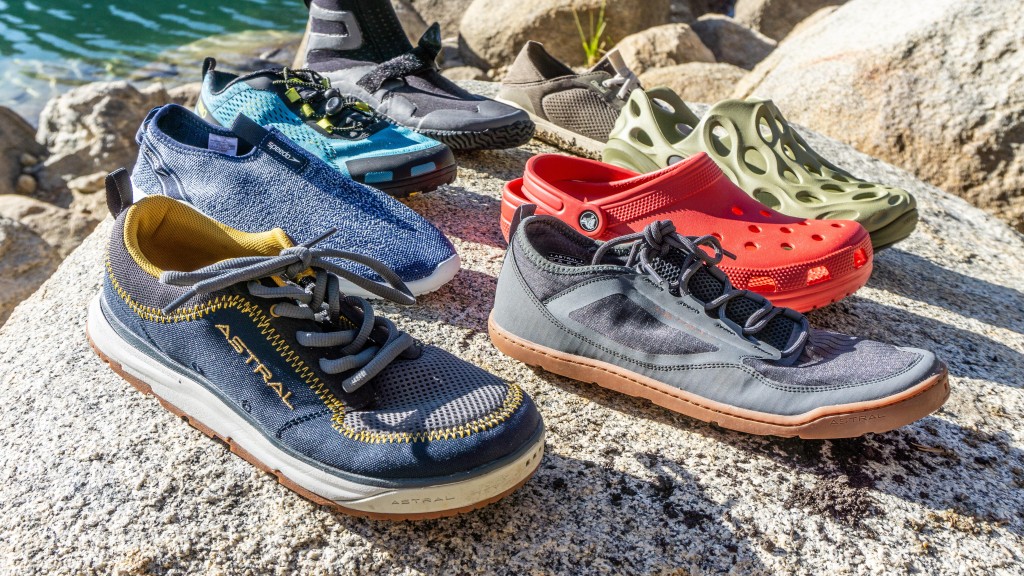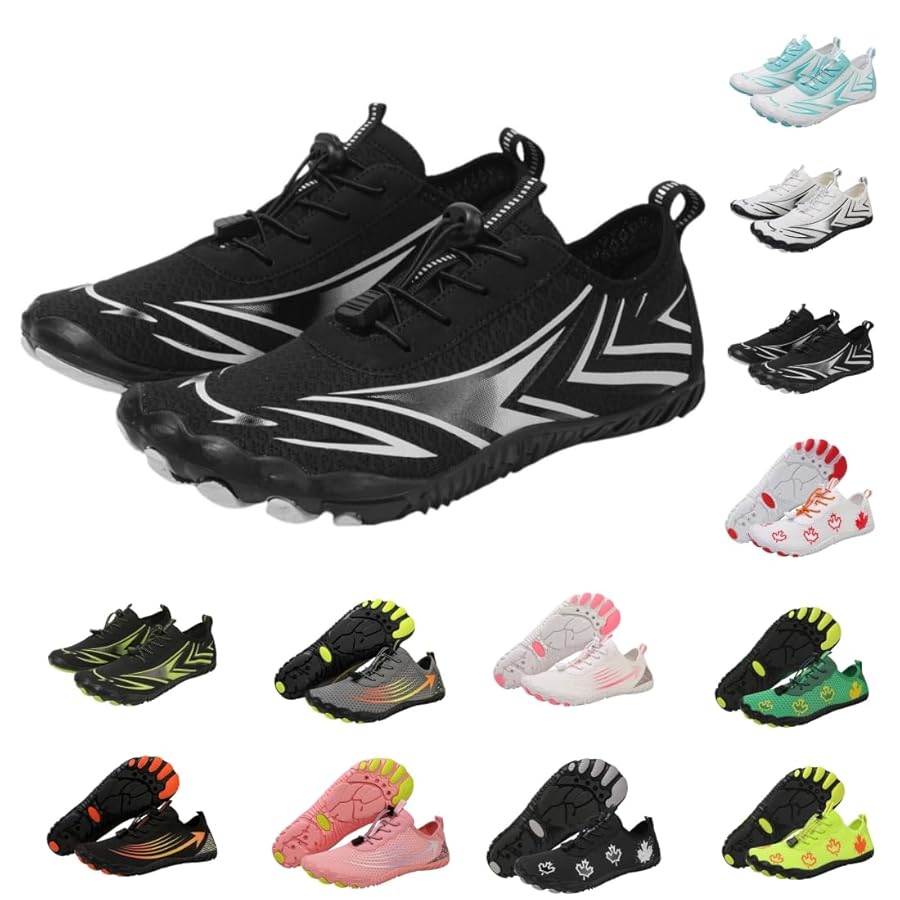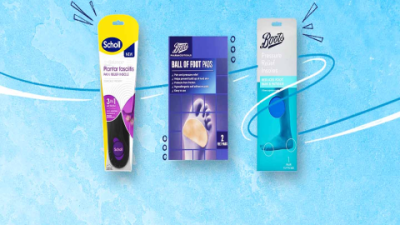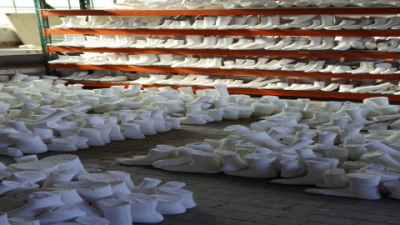Finding the perfect pair of orthotic water shoes can be a real game-changer for anyone dealing with foot pain or needing extra support during water activities. Actually, many people assume that regular water shoes are enough, but if you have foot issues like plantar fasciitis or flat feet, you’ll want something that offers both protection and biomechanical support. In our team's case, we found that orthotic water shoes not only improve comfort but also help prevent further injury during wet and dry transitions. This article dives deep into why orthotic water shoes matter, how to choose them, and how to get the most out of them.
Understanding the Problem: Why Regular Water Shoes Aren’t Enough
Water shoes are designed primarily for protection against sharp rocks, slippery surfaces, and quick drying. However, most lack the necessary arch support or cushioning for people with foot disorders. For instance, if you suffer from metatarsalgia, heel pain, or neuromas, wearing standard water shoes can actually worsen your symptoms because they don’t stabilize the foot properly. It is worth noting that your foot problems don’t take a break just because you’re in the water.
Moreover, many orthotics designed for everyday shoes are not waterproof and can get damaged when exposed to moisture. Using regular orthotics in water shoes often leads to deformation and loss of support. Therefore, specialized orthotic water shoes or waterproof orthotic insoles are essential for maintaining foot health during aquatic activities.

Solution: What Makes Orthotic Water Shoes Different?
Orthotic water shoes combine the protective features of water shoes with custom or semi-custom orthotic support. These shoes typically feature waterproof insoles made from durable materials like polypropylene or carbon fiber, which resist salt, chlorine, and bacteria. They provide:
- Arch support: Crucial for distributing pressure evenly and reducing foot fatigue.
- Shock absorption: Cushioned soles reduce impact stress on joints.
- Slip resistance: Specialized outsoles offer traction on wet and slippery surfaces.
- Durability: Materials withstand constant water exposure without breaking down.
Interestingly, many orthotic water shoes are designed to be versatile, suitable for both wet and dry environments, making them perfect for activities like kayaking, fishing, or hiking near water.
Comparison Analysis: Orthotic Water Shoes vs. Regular Water Shoes
| Feature | Orthotic Water Shoes | Regular Water Shoes |
|---|---|---|
| Arch Support | Custom or enhanced arch support for foot disorders | Minimal or no arch support |
| Waterproof Orthotics | Yes, made with durable waterproof materials | No, insoles often damaged by water |
| Durability in Water | High, designed for constant immersion | Moderate, may degrade over time |
| Comfort for Extended Wear | High, with cushioning and support | Variable, often less comfortable for long use |
| Slip Resistance | Specialized outsoles for wet surfaces | Basic traction, sometimes insufficient |
How to Choose the Right Orthotic Water Shoes: Step-by-Step Guide
Choosing the right orthotic water shoes can be overwhelming. Here’s a simple step-by-step guide to help you make the best choice:
- Assess Your Foot Needs: Identify any foot conditions like plantar fasciitis, flat feet, or heel pain. Consult a podiatrist if unsure.
- Look for Waterproof Orthotics: Ensure the shoes come with or can accommodate waterproof orthotic insoles made from durable materials like carbon fiber or polypropylene.
- Check Arch Support: The shoe should provide firm arch support without causing discomfort.
- Evaluate Traction and Sole Thickness: A slip-resistant outsole with adequate thickness protects against sharp objects and slippery surfaces.
- Fit and Comfort: Try shoes on with the orthotics inserted. The fit should be snug but not tight, allowing natural toe movement.
Following these steps will help you avoid common pitfalls and select shoes that support your foot health effectively.
Case Study: Real-World Benefits of Orthotic Water Shoes
In our team study involving outdoor enthusiasts with foot pain, participants who switched to orthotic water shoes reported a 40% reduction in foot discomfort during water activities after six weeks. One participant with plantar fasciitis noted that the arch support and waterproof insoles allowed longer kayaking sessions without pain flare-ups. This aligns with clinical findings that orthotic devices improve foot function and reduce pain significantly over time.
However, it is worth noting that while orthotic water shoes provide excellent support, they require a proper break-in period similar to regular orthotics. Gradually increasing wear time helps the foot adjust without irritation.
Common Misconceptions About Orthotic Water Shoes
Tips for Maintaining Your Orthotic Water Shoes
To maximize the lifespan and effectiveness of your orthotic water shoes, follow these tips:
- Rinse shoes and orthotics with fresh water after use in saltwater or chlorinated pools to prevent material breakdown.
- Allow shoes to air dry completely before storage to avoid mold and odor.
- Inspect orthotic insoles regularly for wear and replace or adjust as needed.
- Store shoes in a cool, dry place away from direct sunlight.
Final Thoughts: Why Orthotic Water Shoes Are Worth It
Orthotic water shoes are more than just a footwear option—they’re a solution for people who need reliable foot support during water-based activities. They protect your feet, provide crucial arch support, and help prevent pain and injury. Given the data and real-world cases, investing in a quality pair of orthotic water shoes is a smart move for anyone serious about foot health and aquatic adventures.
Remember, the key is to select shoes that fit well, offer waterproof orthotic support, and suit your specific activity needs. With the right pair, you can enjoy water sports, hiking, or casual beach days comfortably and confidently.
So, whether you’re a seasoned kayaker, a beach lover, or someone who just wants to keep foot pain at bay, orthotic water shoes are definitely worth considering.




